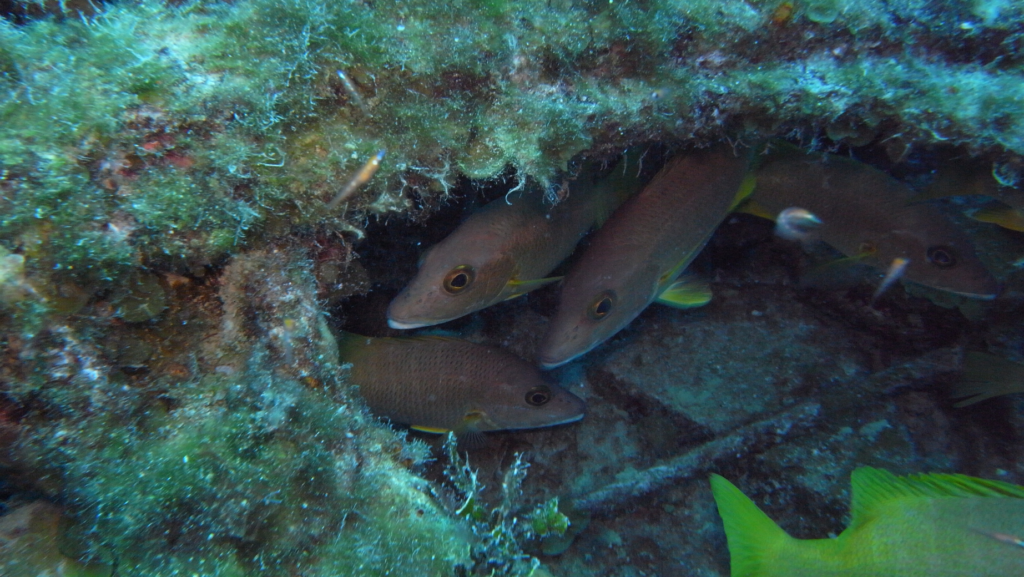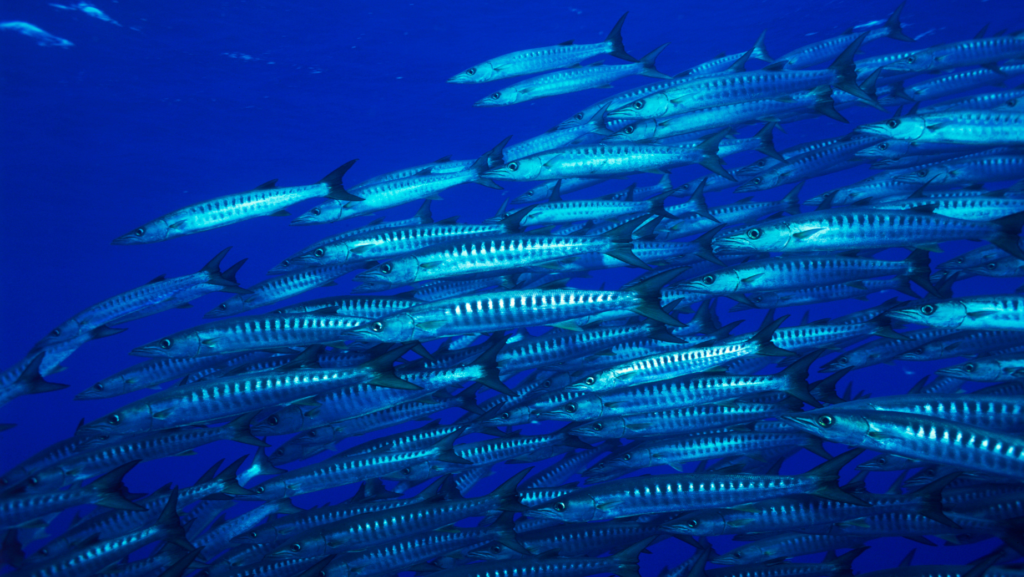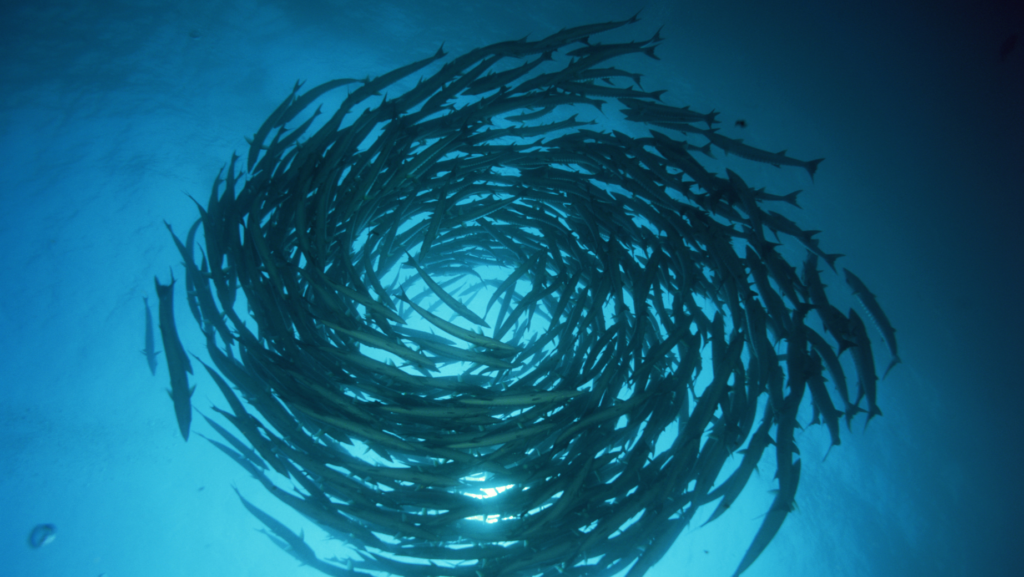Birth and Early Life:

Blackfin Tuna (Thunnus atlanticus) begin their lifecycle as eggs that are externally fertilized in the open sea. Females release thousands of eggs into the water, and males simultaneously release sperm to fertilize them. The fertilized eggs hatch into larvae within a day or two. As larvae, they are tiny, transparent, and highly vulnerable. During this early stage, Blackfin Tuna larvae drift in the ocean currents, developing and growing rapidly.
Grown-Up Life:

As Blackfin Tuna grow, they undergo significant transformations. The juvenile stage involves the development of their distinctive black dorsal fin and yellow markings on their sides. At maturity, Blackfin Tuna typically reach lengths of 24 to 36 inches (61 to 91 cm) and weigh around 20 to 40 pounds (9 to 18 kg). Their slender, streamlined bodies, sharp fins, and distinctive coloration make them well-adapted for life in the open ocean.
Food and Feeding Habits:
Blackfin Tuna are opportunistic predators known for their voracious feeding habits. They primarily prey on smaller fish, squid, and crustaceans. Their streamlined bodies and high-speed swimming capabilities allow them to chase and capture prey efficiently. With well-developed vision and keen senses, Blackfin Tuna are skilled hunters, often working in schools to increase their chances of successful foraging.
Habitat:

Blackfin Tuna are highly migratory and can be found in both tropical and subtropical waters of the Atlantic Ocean. They prefer offshore environments, often inhabiting areas with steep drop-offs, underwater structures, and currents. These tunas are known for their affinity to warm oceanic waters and can be found near the surface, particularly around floating debris or weed lines, where prey is abundant.
Reproduction:
The reproductive habits of Blackfin Tuna are closely tied to environmental conditions. Spawning typically occurs in warmer waters, with peak activity in the spring and early summer. During spawning, female Blackfin Tuna release their eggs into the water, and males release sperm to fertilize them. This process helps ensure the survival of the species by increasing the chances of successful fertilization.
Death and Lifespan:

Blackfin Tuna, like many fish species, face natural predators throughout their lives. Sharks, larger tuna species, and marine mammals are among their potential predators. Additionally, human activities, including commercial and recreational fishing, pose threats to their population. The lifespan of Blackfin Tuna in the wild is relatively short, usually around 3 to 5 years. Overfishing and environmental changes can impact their populations and longevity.
In conclusion, the lifecycle of Blackfin Tuna encompasses various stages, from their vulnerable larval phase to their adulthood as agile and opportunistic predators. Their adaptation to a dynamic marine environment, coupled with unique feeding habits and reproductive strategies, contributes to their resilience as a species. However, human activities and environmental factors continue to shape the challenges they face in the wild.

